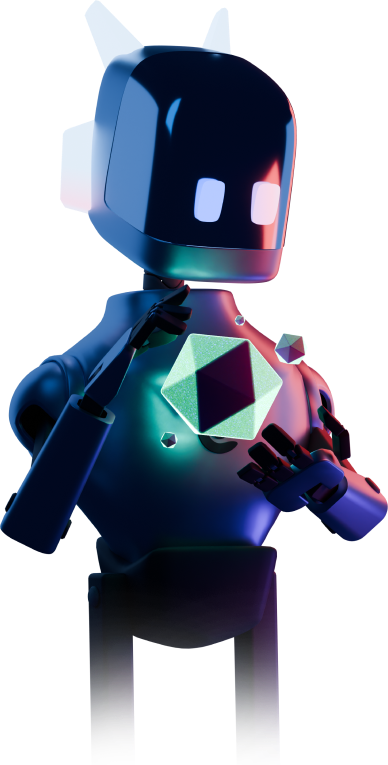
Internet of AI technology
Core concepts validated by
scientific community in computer
science journals

Technology Overview
Explore Openfabric’s cutting-edge tech, highlighting our innovation commitment

Economy of Innovation

Service Quality

Decentralized Marketplace

Enterprise Integration

Decentralization

Privacy For All

Equilibrium
Openfabric architecture
Overview of Openfabric’s architecture and its key components
Stakeholders
Openfabric
Platform
Daemon
Openfabric
Network
Services
Registry AI and Data Warranty and Staking Ontology Reputation & Rating Execution StorageOpenfabric Worker 1
Trusted Execution EnvironmentOpenfabric Worker N
Trusted Execution EnvironmentDLT

Openfabric token
The Openfabric token is a utility token fueling the ecosystem economy by enabling value transfer between parties










Challenging the most difficult problems faced by AI Platforms
Decentralization
Ensure there is no central entity controling the location of data or information processing.


Usability
Simplify interactions between end-users and AIs by providing straightforward, nontechnical flows.


Security
Protect end-user privacy and guarantee intellectual property rights.


Smart Economy
Create a built-in robust exchange medium that facilitates fair transactions between supply-and-demand of AI services.


Interoperability
Implement the use of standardized interfaces, to allow multiple AI agents to cooperate and connect in order to provide relevant answers to complex problems.


Scalability
Expand network capabilities by allowing network participants to rent their computing power for the execution and training of AIs.


Milestones on the Road to Success
Roadmap
Positioning
Brief comparison with the most notable alternatives suggests that Openfabric offers the most attractive set of features.
| Features | Centralized | Decentralized | |||||||||
|---|---|---|---|---|---|---|---|---|---|---|---|
| IBM Watson | Google AI | Azure AI | Amazon ML | Singularity | Ocean Protocol | Effect AI | DeepBrain | Thought Network | Openfabric | ||
| Features | Centralized | Decentralized | |||||||||
| IBM Watson | Google AI | Azure AI | Amazon ML | Singularity | Ocean Protocol | Effect AI | DeepBrain | Thought Network | Openfabric | ||
| Decentralization | |||||||||||
| Governance | |||||||||||
| Execution | |||||||||||
| Storage | |||||||||||
| Security | |||||||||||
| Ownership | |||||||||||
| Privacy | |||||||||||
| Computation | |||||||||||
| Scalability | |||||||||||
| Trustfulness | |||||||||||
| Accessibility | |||||||||||
| Developer-friendly | |||||||||||
| User-friendly | |||||||||||
| Tools-integration | |||||||||||
| Smart economy | |||||||||||
| Fair market | |||||||||||
| Open market | |||||||||||
| Marketplace | |||||||||||
| Interoperability | |||||||||||
| Algorithm composition | |||||||||||
| Structural level | |||||||||||
| Open source Framework support | |||||||||||








































